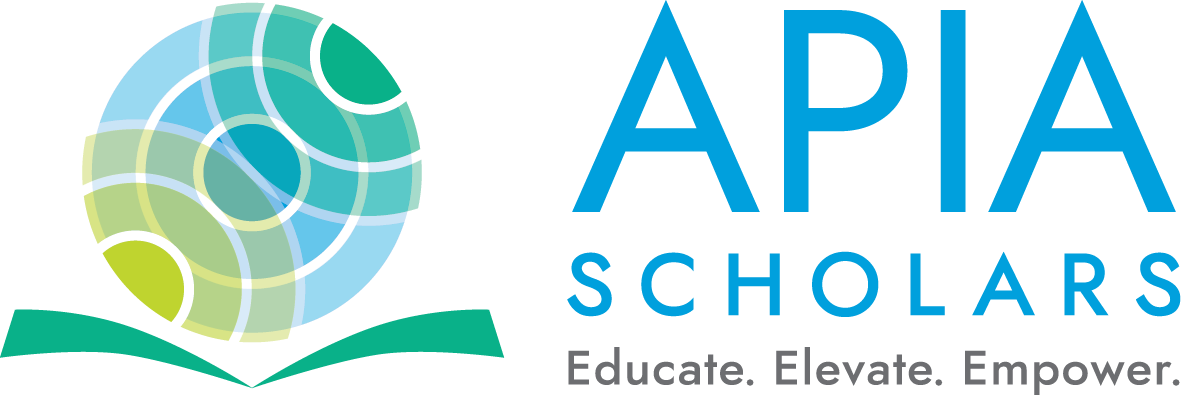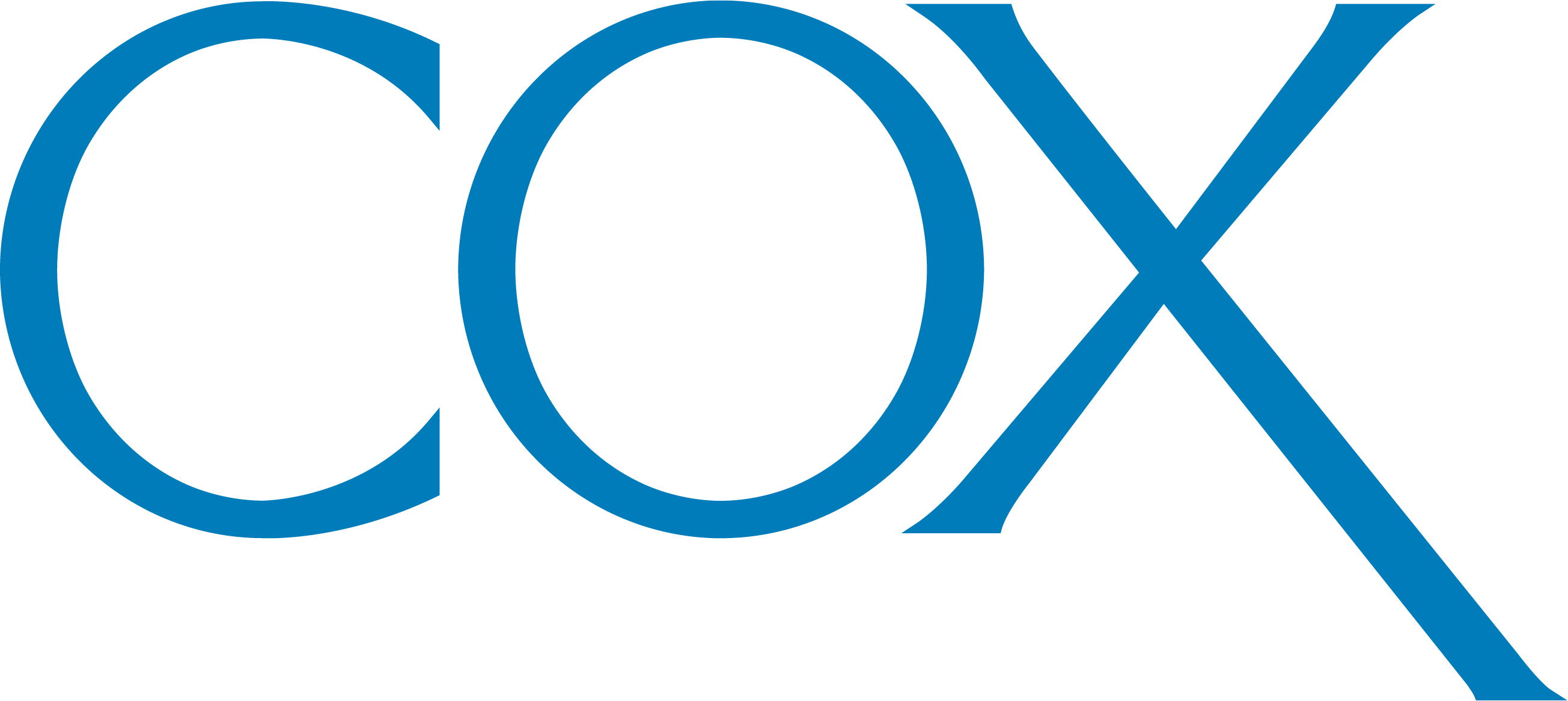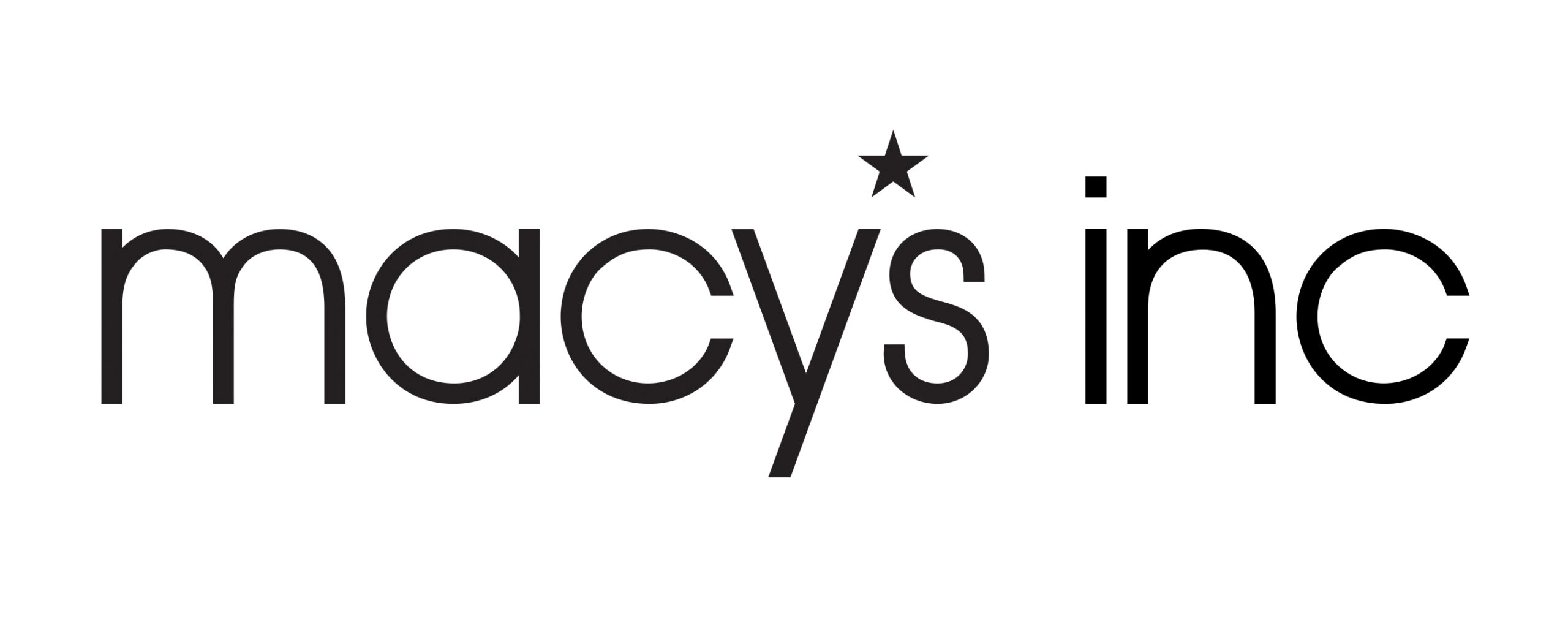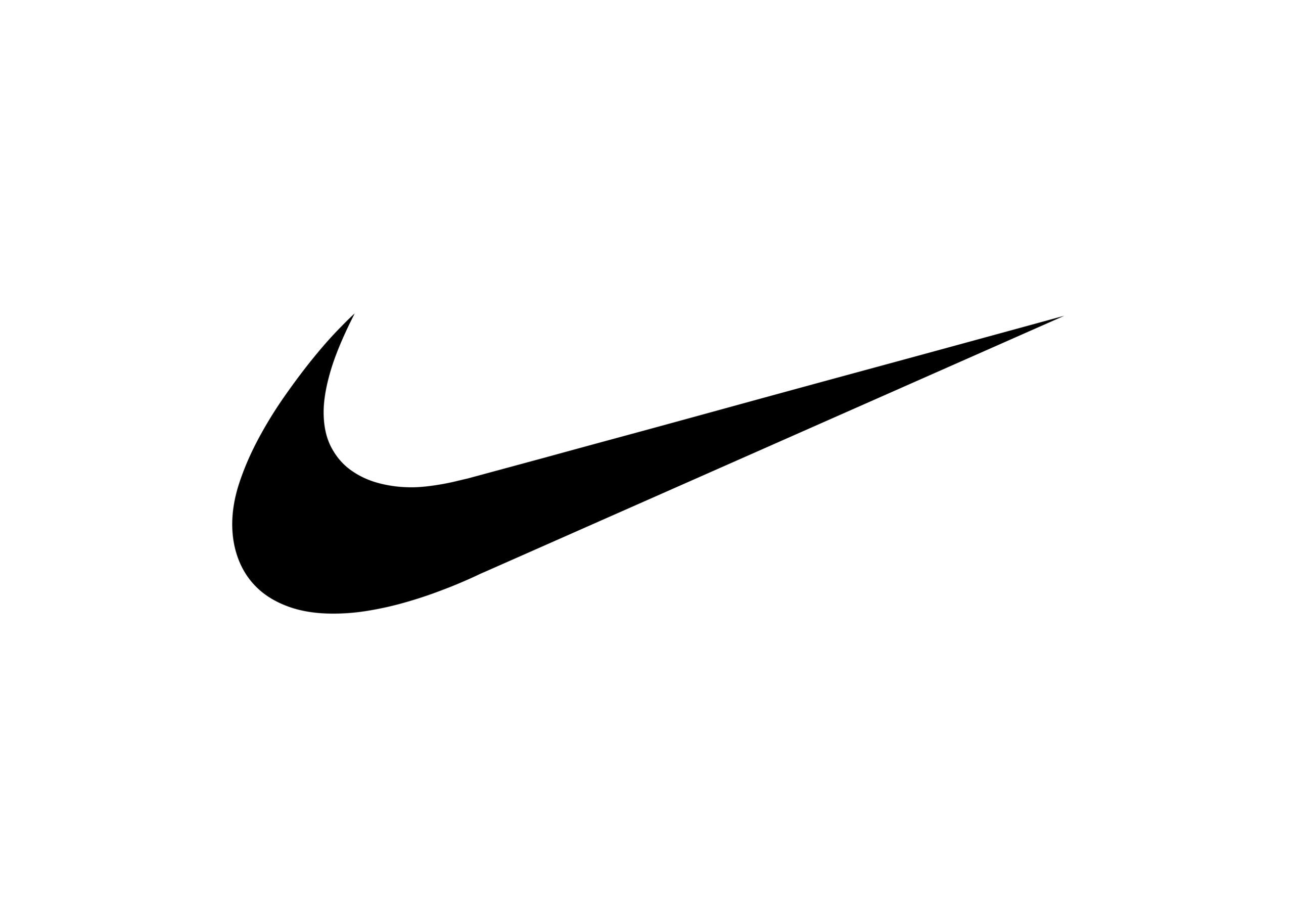Disability and AANHPI Identities

October is National Disability Employment Awareness Month, which is a time to intentionally reflect on the role of disabilities in diverse workplaces and the responsibility we all share in fostering belonging. Disability is particularly unique because it can become part of anyone’s identity at any time.
The CDC estimates that 26% of adults in the US in 2020 had some form of a disability, which the Americans with Disabilities Act defines as “a physical or mental impairment that substantially limits one or more major life activity. This includes people who have a record of such an impairment, even if they do not currently have a disability. It also includes individuals who do not have a disability but are regarded as having a disability.” Over 1.3 million adults with a disability are Asian American and over 64,000 are Native Hawaiian or Pacific Islander according to reporting by the nonprofit RespectAbility. Disability encompasses a vast range of experiences including visible physical impairments and invisible impairments like chronic illnesses and mental health conditions.
The experiences of AANHPIs with disabilities offer unique perspectives that can complicate the narrative about what it means to have a disability especially within the disability rights movement that has historically been criticized for excluding the voices of people of color. AANHPIs with disabilities may encounter distinct challenges as a result of their identities such as:
Stigmatization
The model minority myth associated with AANHPIs contributes to the misperception that AANHPIs with disabilities should feel shame for not conforming to a stereotypical, ableist understanding of success.
Cultural Conflict
Some AANHPIs who speak languages other than English may not have the same vocabulary or understanding of disability due to cultural and linguistic differences. Nuances that get lost in translation can create barriers between different generations and between disabled and abled family members.
Need for Representation
Conversations around disability have historically centered white voices, so AANHPIs with disabilities may feel more isolated than their white peers due to lack of representation. However, the disability rights movement is actively incorporating a variety of identities into the movement. In 2016, #DisabilityTooWhite (created by Vilissa Thompson, the founder and CEO of disability empowerment organization Ramp Your Voice) was used as a widespread call to elevate the voices of people of color in the disability rights movement. There are a growing number of AANHPI disability activists who are building coalitions to educate and empower disabled people and allies in the AANHPI community and beyond. Here is a selection of just a few AANHPI disability activists:
Alice Wong identifies as a person with disabilities, activist, writer, editor, media maker, and consultant. Alice is the founder and director of the Disability Visibility Project, an online community dedicated to creating, sharing, and amplifying disability media and culture.
Sandy Ho identifies as queer, a person with disability, an Asian American activist, an organizer, and a researcher. She is the founder of the Disability & Intersectionality Summit.
Tiffany Yu identifies as an advocate, a person with disabilities, a podcaster, and CEO of Diversability, a social enterprise. The Diversability network has helped expand disability pride for thousands of people with disabilities.
Steve Lee is a Chinese American, who identifies as a person with disabilities, a stand-up comedian, an actor, a producer, and a writer. His comedy centers his experiences growing up in Hong Kong and the U.S. dealing with racism and living with disabilities.
Jennifer Lee is the founder and Executive Director of the youth-led nonprofit Asian Americans with Disabilities Initiative, which aims to equip the next generation of disabled Asian leaders with the tools to combat ableism and anti-Asian hate.
Prioritizing accessibility for those with disabilities will benefit everyone. We must critically examine our workplaces and communities to identify and dismantle ableism. By elevating the voices of AANHPI disability activists, supporting their work, and spreading awareness, we can build healthier environments grounded in inclusion and acceptance.
Ellery Lea
President & Chief of Staff Intern
October 18, 2022
References
ADA National Network. (2022). What is the definition of disability under the ADA? https://adata.org/faq/what-definition-disability-under-ada
Centers for Disease Control and Prevention. (2020). Disability impacts all of us infographic. https://www.cdc.gov/ncbddd/disabilityandhealth/infographic-disability-impacts-all.html#:~:text=26%20percent%20(one%20in%204,is%20highest%20in%20the%20South.)
RespectAbility via PR Newswire. (2021). Recognizing asian americans with disabilities in honor of AAPI heritage month. https://www.prnewswire.com/news-releases/recognizing-asian-americans-with-disabilities-in-honor-of-aapi-heritage-month-301299593.html
InclusionHub. (2020). Vilissa thompson, creator of #disabilitytoowhite, brings an intersectional lens to disability advocacy. https://www.inclusionhub.com/articles/vilissathompson
Asian Americans with Disabilities Initiative. (2022). The asian americans with disabilities resource guide. https://static1.squarespace.com/static/60cfe519bb807927ef5c9cd0/t/61e05e61718a1e76a5b848b2/1642094184561/AADI%2B2022%2BResource%2BGuide-011222.pdf










































